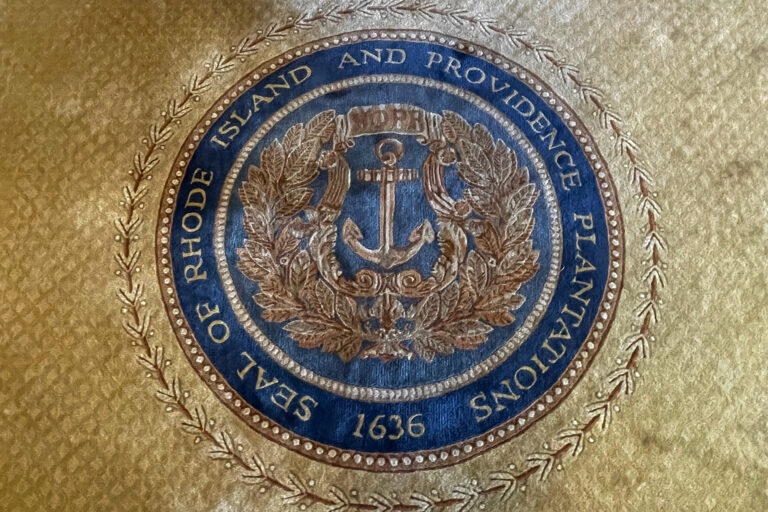
The National Weather Service (NWS) on Thursday announced further reduction in its schedule of weather balloon launches—a change that is triggering concern among meteorologists and climate scientists as the U.S. enters peak storm and flood season.
Newsweek reached out to the National Oceanic and Atmospheric Administration (NOAA) via email for comment.
Why It Matters
Since President Donald Trump took office in January, numerous federal agencies, including the NOAA, have announced thousands of job cuts. In mid-March, the agency announced another 1,000 jobs as part of an effort by the Department of Government Efficiency (DOGE) that the White House says is designed to reduce federal spending.
The cuts to NOAA and the National Weather Service (NWS) have sparked concerns that storms could become more deadly without the proper staff to issue forecasts and warnings. Now, the staff cuts are named as the reason for the NWS reduction of its weather balloon launches.
What To Know
A public alert issued Thursday confirmed that the NWS “may temporarily reduce or suspend scheduled radiosonde launches at selected NWS upper air sites due to staffing limitations or operational priorities.”

Seth Herald/Getty
Thursday’s announcement comes less than a month after a similar announcement shared that NWS offices in Aberdeen, South Dakota; Grand Junction, Colorado; Green Bay, Wisconsin; Gaylord, Michigan; North Platte, Nebraska; and Riverton, Wyoming, would be reducing launches to once per day.
NWS weather balloons carry sensors that gather detailed temperature, humidity and wind data.
“These data support weather modeling and forecasting and are complemented by observations from aircraft, satellites, radars, surface stations, and ocean buoys,” the NWS announcement said.
The data is especially valuable in regions like the central Rockies and High Plains, where many of the recent cuts are concentrated.
“The really unfortunate thing is, where these balloons are now missing—the Colorado Rockies, the Wyoming Rockies, the northern and central High Plains—is where a lot of severe weather happens in the spring and summer months,” said Chris Vagasky, a meteorological researcher, in an interview with NBC News.
Nick Bassill, director of the State Weather Risk Communication Center at the University at Albany, explained the stakes: “Here in New York, we often have very messy weather systems where they start as snow and turn into sleet and then freezing rain and rain,” he told NBC News. “We might have just one little thin layer that bumps you up above freezing, then suddenly your snowstorm turned into a rainstorm or freezing rainstorm.”
What People Are Saying
An NWS spokesperson previously told Newsweek that NOAA “remains dedicated to its mission of providing timely information, research, and resources that serve the American public and ensure our nation’s environmental and economic resilience.”
City of Raleigh, North Carolina, meteorologist Ethan Clark posted on X: “Bad, bad news: More data is being lost. This is not a good sign heading into Hurricane Season. Weather service offices are severely understaffed and underfunded. Weather data will continue to be degraded across the United States. This is unacceptable.”
Social media account @ScottDimmich posted: “NWS Headquarters stated this morning that they “may temporarily reduce or suspend scheduled radiosonde [weather balloon] launches at selected NWS sites due to staffing limitations or operational priorities.” No mention of the specific sites, but not great to see this anywhere.”
NBC 6 hurricane specialist John Morales posted on X: “And now, a blanket announcement. Not just a select number of @NWS offices are suspending radiosonde data collection—now its potentially system wide. You tell me how we do hurricane season 2025? How much faith will I have in guidance? How can I forecast in this environment?”
What Happens Next
It is unclear which NWS offices will be affected, or if future reductions in weather balloon launches will be announced.




